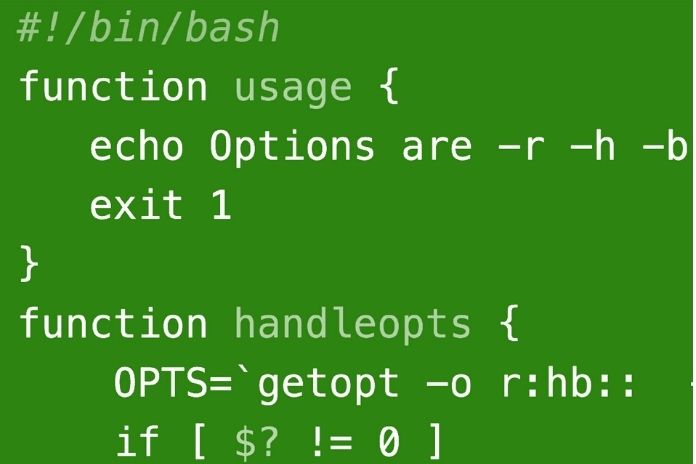After a long time from its creation, the Linux Bash shell is a fundamental component for programming the open-source working framework: how it was conceived and why it is fundamental. The historical backdrop of working framework shells starts during the 1970s in the Bell labs, where PC pioneers Ken Thompson and Dennis Ritchie fostered the Unix working framework, which will be the beginning stage for the present a couple of years after the fact Linux.
One of the IT challenges in those days was making an order mediator that was programmable, which gave an utterly editable UI. Thompson was quick to make this order translator called “shell “, in Italian “shell”. Along with the portion, a shell establishes an essential component of a Linux working framework that permits the human client to give orders to the machine and interface with the working framework itself. After the Thompson shell, it was the turn of the Bourne shell created by British PC researcher Stephen Bourne.
Before long, it turned into another norm: it was an intuitive pre-arranged language that permitted you to perform frontal area and foundation undertakings. It offered control, regardless of whether rudimentary, of cycles. From that point forward, many kinds of shells have been concocted, yet it is during the 1980s that the Bash shell comes.
Because of copyright issues, the GNU project that needed to make a free Unix clone employed Brian Fox to compose a Bourne shell clone and named it “Bourne Again Shell”, abbreviated in Bash. From that point forward, this order translator has become central to Linux, which is fundamental and broadly utilized today.
What Is A Shell, And How It Works
When you want to interact with a computer, you will need an interpreter of the digital commands that the user sends as input to the operating system, which then has to execute them. Therefore, the shell is a command interpreter that plays the role of an interface: it receives human commands, translates them into instructions executable by a computer, and transmits them to the kernel for execution.
By shell, we mean the software that takes the commands typed in the line starting from the prompt (literally “request”), interprets the inputs and makes the computer system perform the required activities. Often, speaking shell, one could fall into the mistake of confusing it with two other essential elements for the functioning of the operating system: the terminal window or the command line used interchangeably but not interchangeable.
The terminal window is the software representation of a physical terminal that allows you to connect to the computer and, therefore, to access the shell. On the other hand, the command line is where the user can type the instructions that the shell will interpret and supply to the kernel. Furthermore, shells allow you to collect a succession of commands in a text file called a script so that all commands are executed, in order, every time the single text file is launched.
A script, therefore, allows obtaining efficiency, repeatability and convenience. Knowing the nature and functioning of a shell is fundamental to understanding its importance in the history of the evolution of operating systems and the shells themselves.
Bash Shell: How It Works And Why It Matters Today
The Bash shell incorporates and improves all the features of the Bourne shell but was born as an evolution of it. For this reason, it offers all the improvements already introduced in other more modern interfaces such as the C shell and the KornShell. It also allowed the introduction of configuration files. “Bashrc” and. “Bash_profile “.
However, what is different is the command line, which has surpassed all previous shells in capacity: not only have new functions been added, but over time it has allowed to increase the parameters in the command prompt so that users could get greater customization of their own prompt. For over 30 years, the Bash shell has been subject to continuous updates and improvements, so much so that it has become and consolidated as the default shell for Linux operating systems.
For a few years, at least until version 10.15 of macOS, even Apple used it as a standard shell and even today, it is possible to set it on Apple’s operating systems. For Linux, however, the situation is different: Bash is a stable and efficient command interpreter, so much so that new shells such as the Z shell and the Fish shell introduced in recent years fail to establish themselves, despite the additional features they offer.
One of the reasons is undoubted that the Bash shell is now known in the world of Linux distributions, so much so that those who use this operating system can work quickly and effectively right away without having to adapt to slight syntax differences, which can cause execution problems.
Therefore, what makes Basha a dominant shell is its diffusion, compatibility, and, therefore, well-known. The arrival of a new standard that could oust the Bash shell from Linux systems, at the moment, seems ruled out. To find a “worthy heir”, you have to wait for a shell that offers almost complete compatibility with previous versions and that offers additional features such as forcing developers to agree to abandon the Bash shell they know by heart.
Also Read: Edge Computing: Retailers Win With Centralized Data Storage

